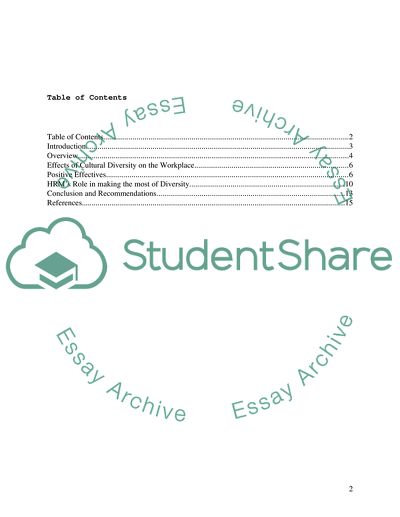Cite this document
(“The Implications of Cultural Diversity on Organizational Performance Essay - 1”, n.d.)
The Implications of Cultural Diversity on Organizational Performance Essay - 1. Retrieved from https://studentshare.org/miscellaneous/1548434-the-implications-of-cultural-diversity-on-organizational-performance-and-the-role-of-human-resource-management
The Implications of Cultural Diversity on Organizational Performance Essay - 1. Retrieved from https://studentshare.org/miscellaneous/1548434-the-implications-of-cultural-diversity-on-organizational-performance-and-the-role-of-human-resource-management
(The Implications of Cultural Diversity on Organizational Performance Essay - 1)
The Implications of Cultural Diversity on Organizational Performance Essay - 1. https://studentshare.org/miscellaneous/1548434-the-implications-of-cultural-diversity-on-organizational-performance-and-the-role-of-human-resource-management.
The Implications of Cultural Diversity on Organizational Performance Essay - 1. https://studentshare.org/miscellaneous/1548434-the-implications-of-cultural-diversity-on-organizational-performance-and-the-role-of-human-resource-management.
“The Implications of Cultural Diversity on Organizational Performance Essay - 1”, n.d. https://studentshare.org/miscellaneous/1548434-the-implications-of-cultural-diversity-on-organizational-performance-and-the-role-of-human-resource-management.


